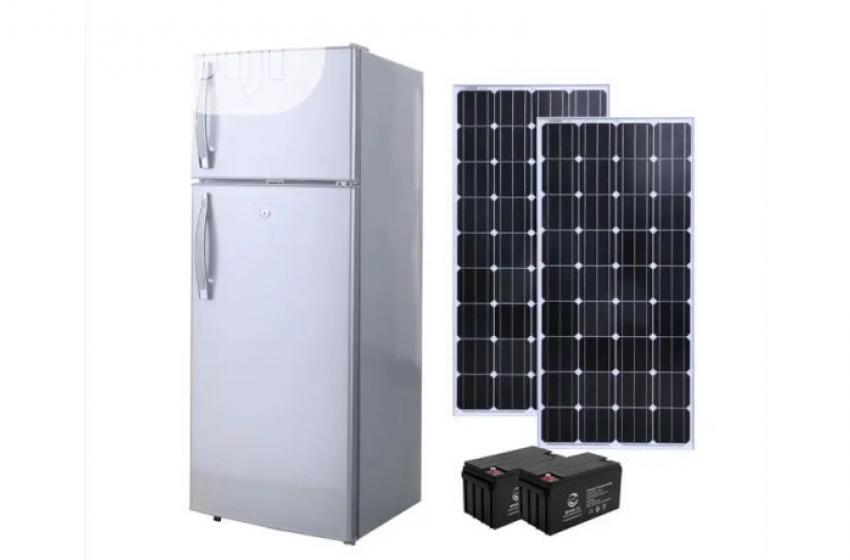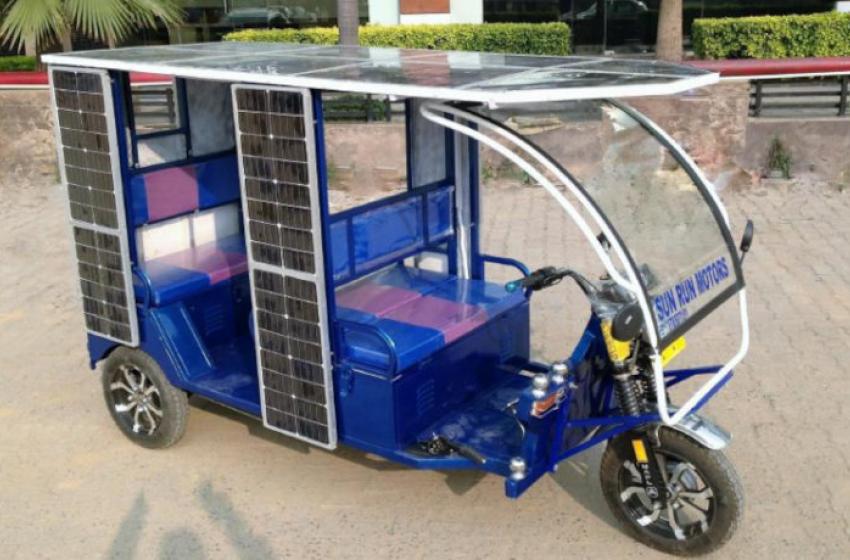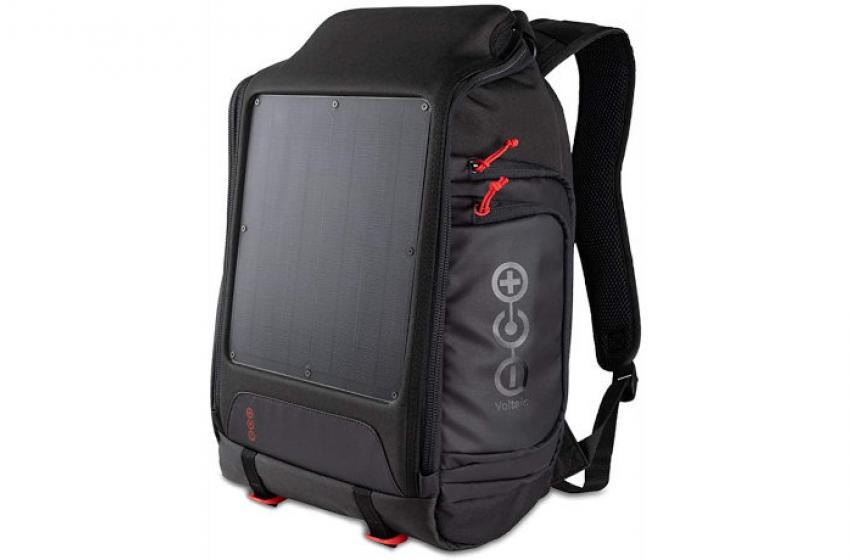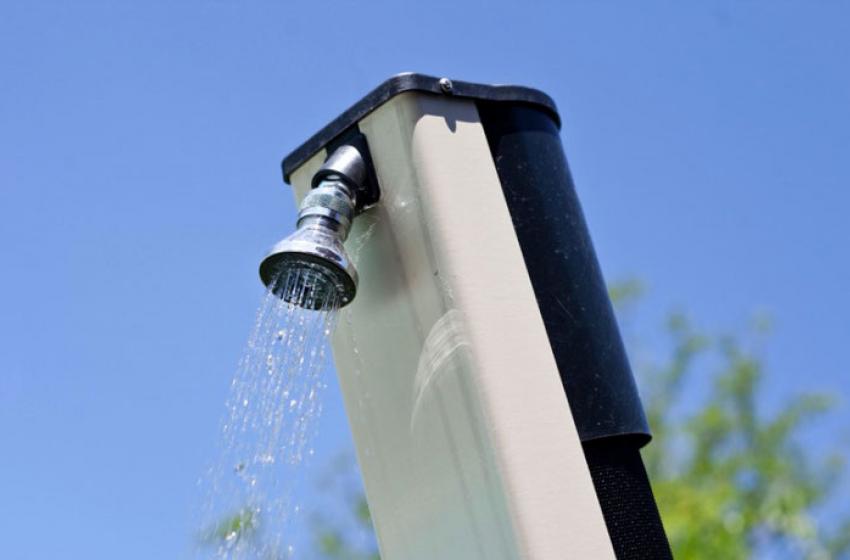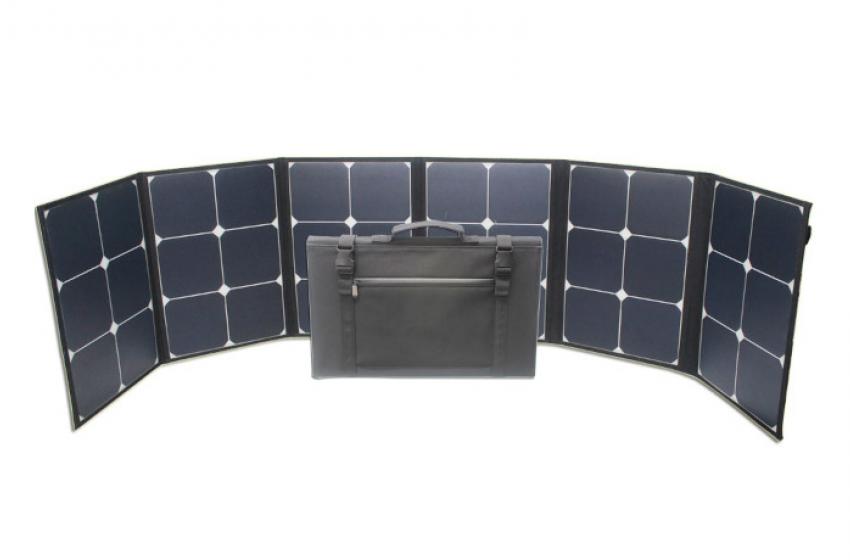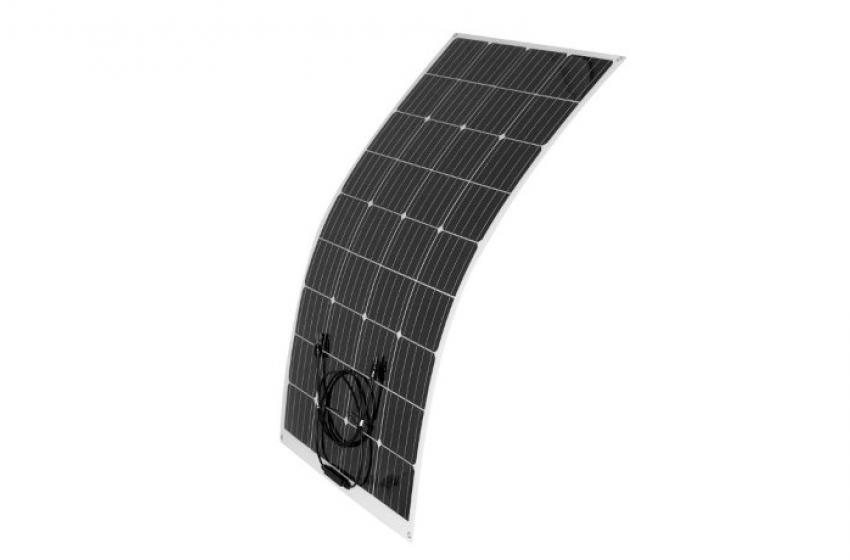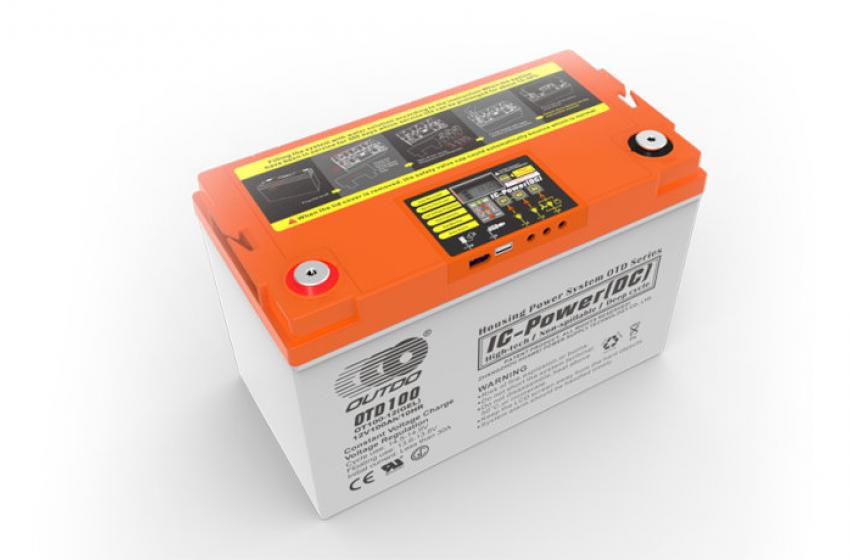The solar battery is of particular importance as an intermediate store of electrical energy. The main task is the storage (charging) of the accruing energy with constant readiness for release (discharging). In short, the Solar battery ensures a constant output with changing inputs from the solar panel and as such also an output with no sunshine at all during the night.
USD 100 -
Solar battery requirements:
- sufficiently high charge absorption
- cycle stability
- low-maintenance operation
- low self-discharge
Types of Solar batteries:
- Solar battery calcium: This is a lead acid wet battery. The advantage of these batteries is that they can be maintained with distilled water. On the other hand, the battery is not leak-proof.
- AGM: Absorbent Glass Mat is another type of lead acid battery. The liquid is bound in glass fiber fleece. These batteries are tightly sealed and cannot leak. Therefore, these are well suited for RV or camper applications.
- GEL: In the gel battery, the liquid is bound in a gel. This also makes this leak-proof like the AGM battery. The gel battery is a design of lead-acid batteries.
- Lithium battery: Lithium iron phosphate batteries (LiFePO4) are lighter and more powerful than conventional lead-acid or gel batteries. The innovative technology offers high intrinsic safety, even under the most extreme conditions there is no risk of explosion or fire. Due to the high energy density, significantly smaller capacities can be used compared to lead-acid batteries.


